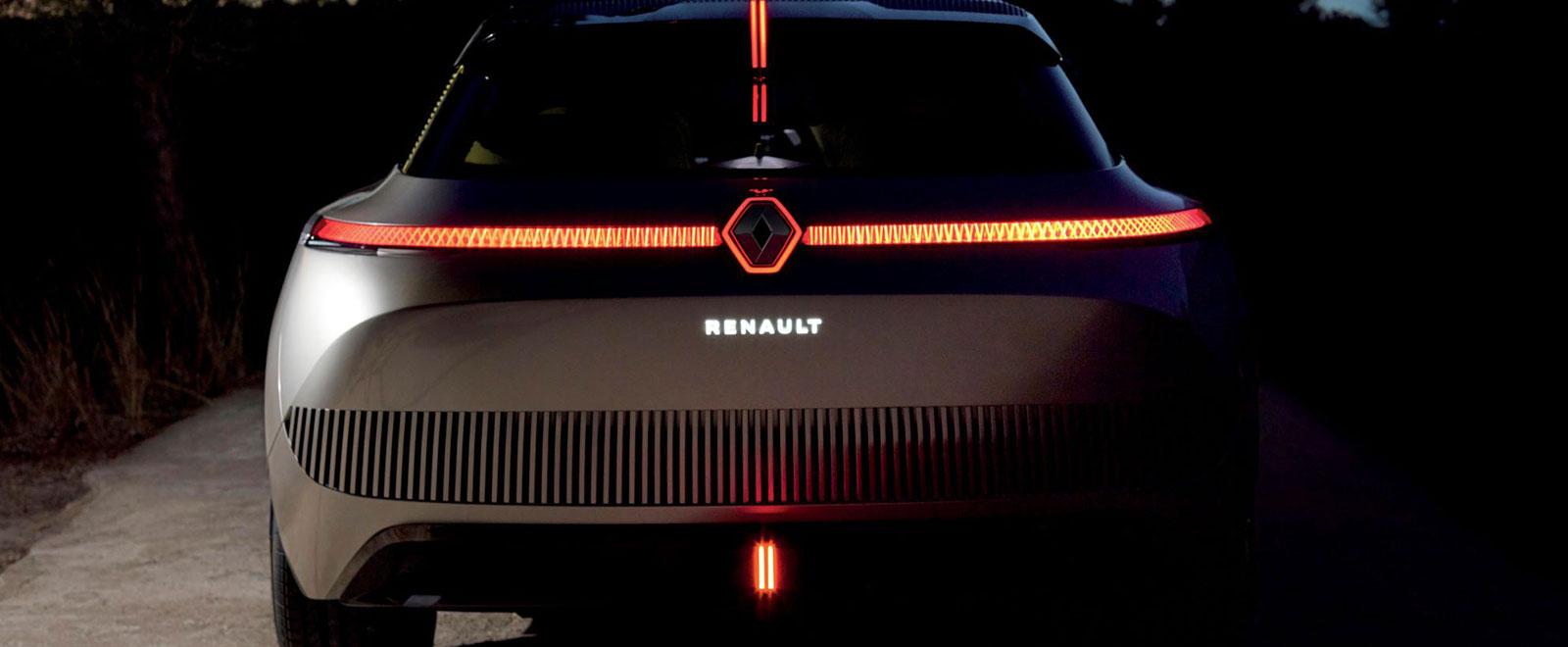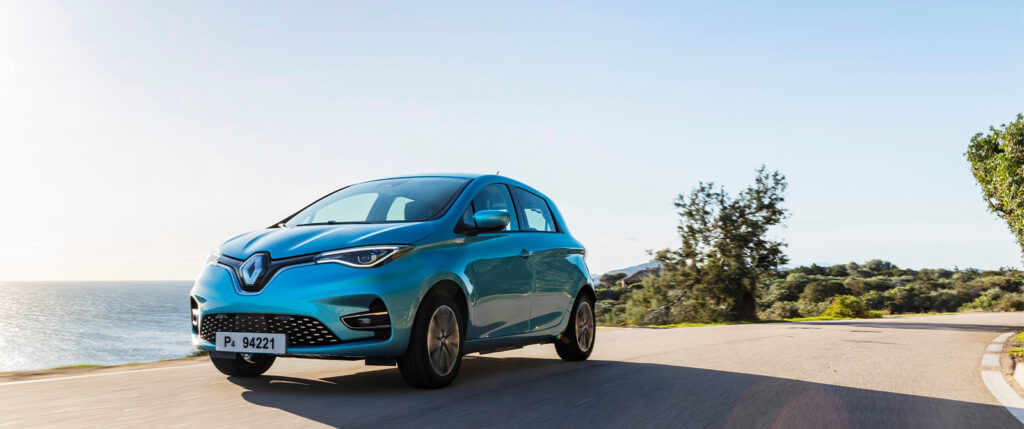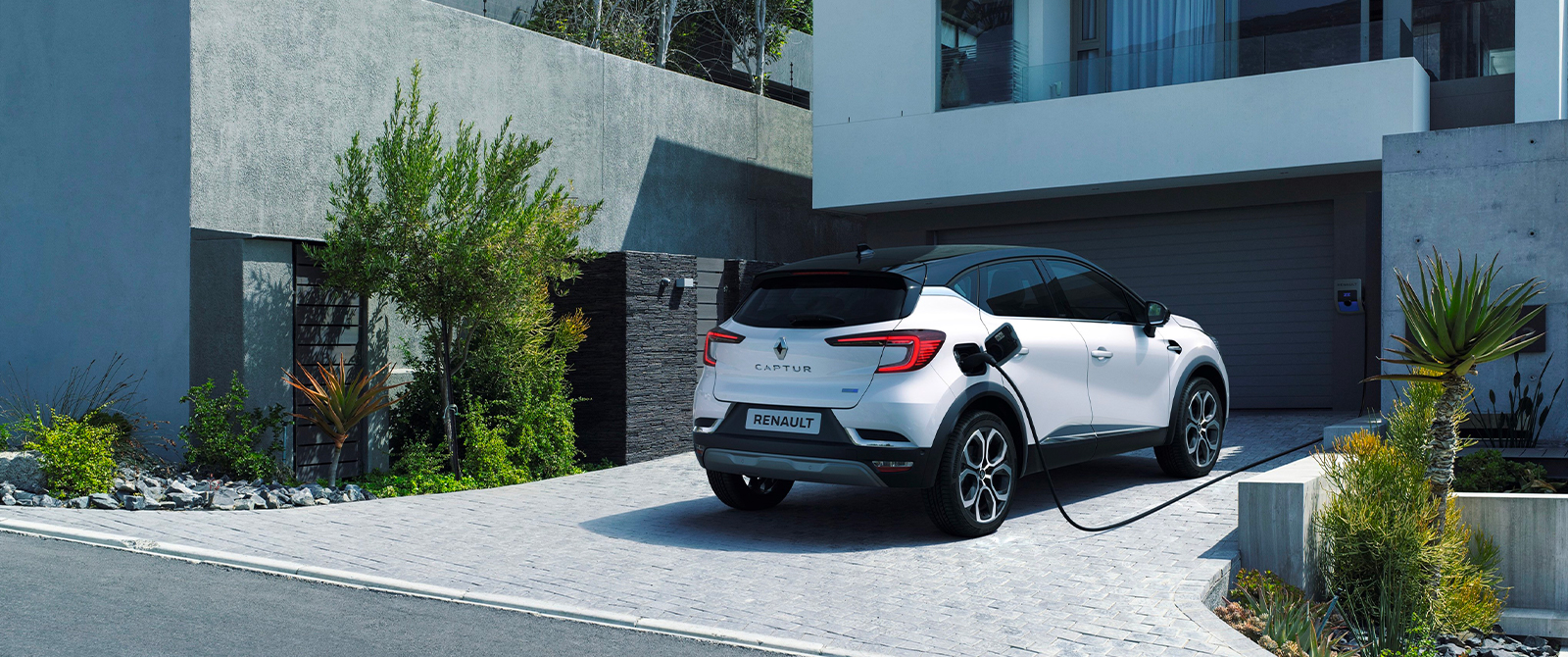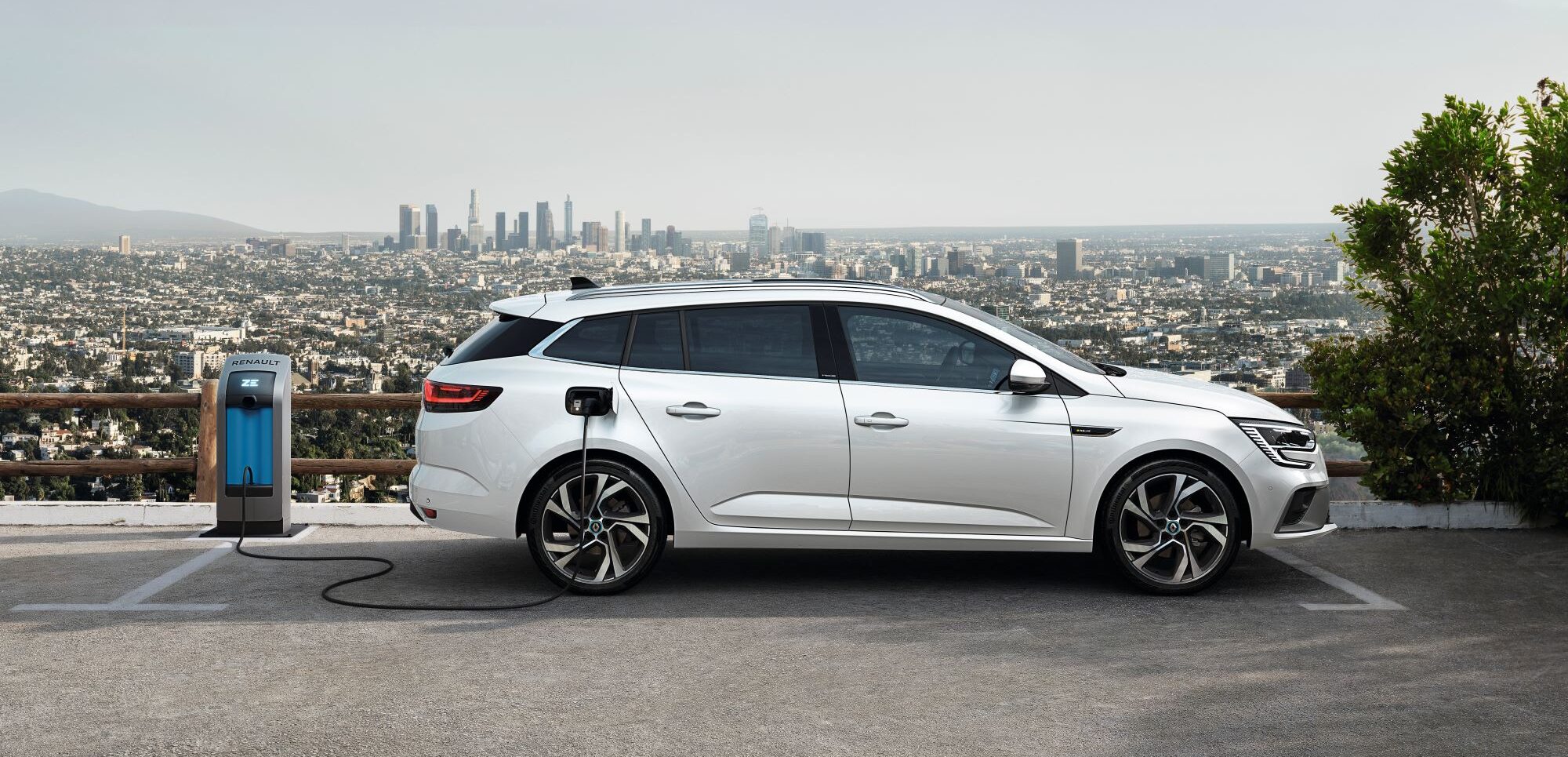

I open the gate, walk to the car and wave to unlock the doors. The car purrs into life in a cathedral-like quiet. An L-shaped screen lights up in front of me. I soak up a few more minutes of absolute stillness before putting on Drive My Car by Curtis Harding and heading for the slip road.
The traffic is in full flow. I keep my eyes on the road and allow myself to be driven. I stretch and flex my arms, legs and back. I settle comfortably into the serene luxury of the passenger compartment, letting out a sigh as a feeling of total peace envelops me. The Bois de Boulogne slides by on my left. I’m in Paris. I have a sense of gliding along like a swan on a lake, the ring road my empty domain. A few minutes later I take the wheel and re-enter the city by Parc Monceau and pause at the crossroads of Boulevard Malesherbes. I glance at the charge indicator: nearly full, with another 400 km left. Alice and Leo dive into the back while Jude climbs in next to me. Predictably he swivels his seat to face Leo in the back. It’s their little treat, a little quality time in their mobile living room. “Did you buy this?” Jude shows me a box of organic Greek crickets that he’s found in the compartment under the screen in the central console. Paul and Leila must have forgotten it yesterday. Paul and Leila are our neighbours and the car’s co-owners. They use it regularly to go to their place in the country, some 3 hours and 45 minutes from the city. It only takes a few seconds to install the extra battery pack at the charging station, and they’re soon driving down the forest roads to their rural retreat.
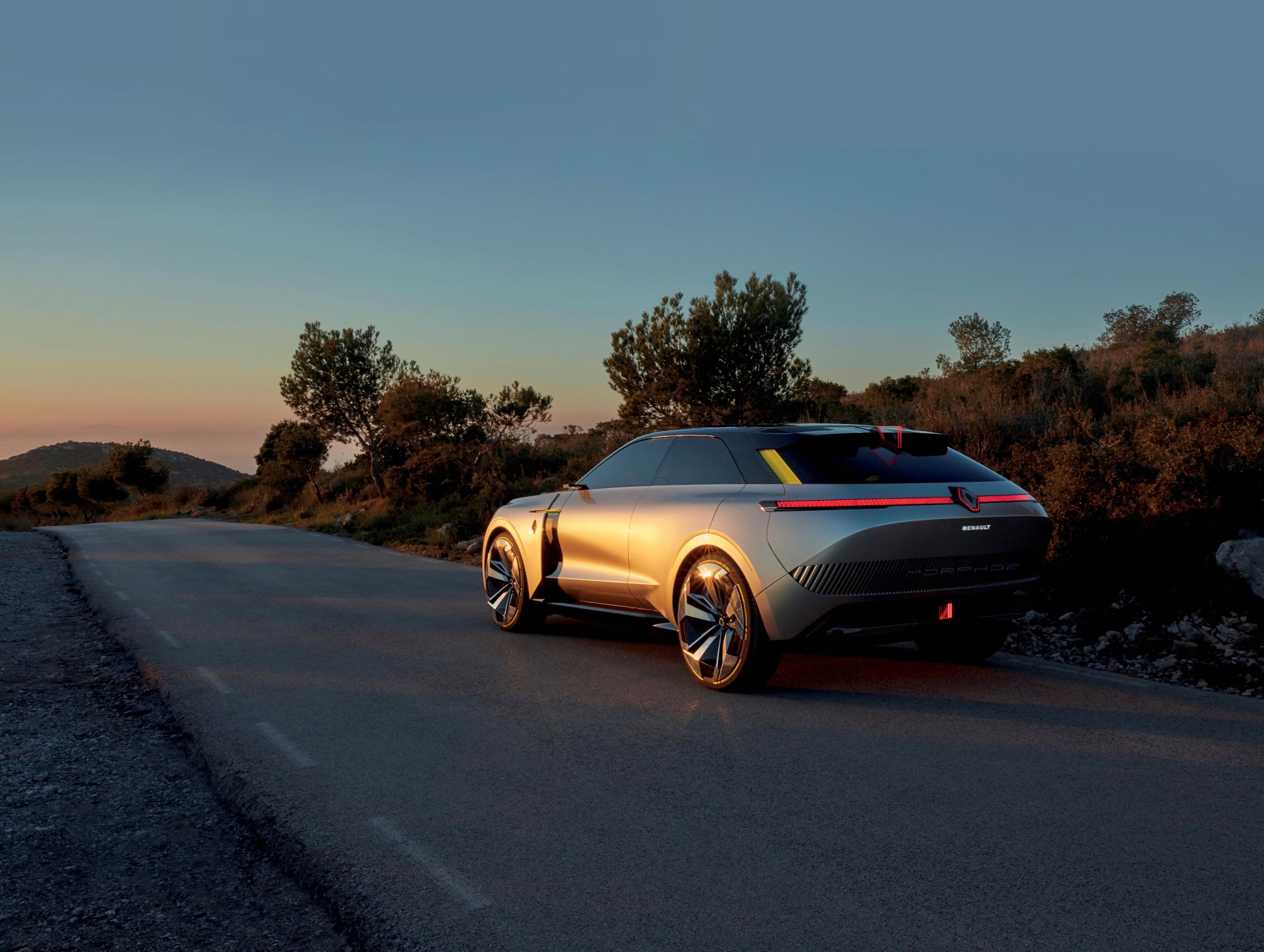
I’m thinking about the smell of moss and the crackling of the undergrowth when I catch sight of Sacré-Cœur. Not far now. Jude, Alice and Leo look half-asleep, lulled by the movement of the vehicle and the sweet sounds of the soul. I turn off the music and slow down. At the end of Boulevard des Batignolles, the city looks different as pavements swarm with tourists, theatre-goers and fans of world cuisine. We navigate confidently through the cyclists, buses and pedestrians, the vehicle sensors detecting their presence. In the impossible calm of the passenger compartment, our journey finally reaches an end, as the neon lights of Boulevard de Clichy cast a crimson glow on the pavements below.
Bright Mirror
Flying taxis haven’t replaced public transport, cyclists haven’t swapped their electric bikes for levitating hoverboards, and pedestrians aren’t crossing the streets with jetpacks. Disappointing? Not really, because while reality hasn’t completely caught up with the science-fiction tales of the 80s, mobility as we see it is just as exciting as any of the forms of transport used by James Bond and Marty McFly. Getting around isn’t all about high-tech gadgets, it’s about being efficient, quieter and cleaner. It’s about cities becoming gradually less congested, with better air quality, and smarter management of the planet’s energy.
In 2025, we won’t be sharing the dreams of sci-fi cinema. Instead, the mundane reality will be one where roads are jammed, nights are too short and there are too many meetings, and we’ll be dreaming about sleep, efficiency and more freedom.
With our MORPHOZ concept car, we’ve captured the mobility of the world 5 years hence. It’s a clean, modular vehicle. It’s bespoke and adapts just as well to everyday journeys as it does to long-distance trips. It’s a passenger car that you share when you’re not using it. You can drive it, or it can drive you.
It meets the diversity of needs and human activities, and it embodies three major shifts: the transition towards 100% electric, the urban transformation to smart cities, and the new community models.
Electrification
The vast majority of cars will eventually be electric. But if they are to play a crucial role in the energy transition, zero-emission vehicles must not be an end in themselves: they are and will increasingly be built into an intelligent electric ecosystem, the smart city. As on Porto Santo island, where batteries are at the heart of its shared energy network. We’ve spent a long time working on how to maximise the second life of batteries, and with MORPHOZ we’re demonstrating even smarter thinking in how to exploit them, which is to say, by generalised sharing. So, when the vehicle isn’t in motion, its batteries can power equipment in the house or local area (using Vehicle to Grid technology). They can also be stored in a charging station for use in other vehicles, or else supply equipment such as self-service cycle recharging stations and street lighting. It’s a simple enough plan: the more we share batteries, the fewer we need to produce, and the more we can reduce our carbon footprint.
Community
The circular economy, in which the automotive sector also plays a crucial role, is encouraging more and more car sharing. It even turns up in our electric vehicles. MORPHOZ is firmly rooted in this concept: it challenges the idea that the passenger car is by definition private, and instead promotes shared use. MORPHOZ is in this sense a family vehicle, where the word ‘family’ extends to the community, to neighbours like Paul and Leila, whom we mentioned earlier. By maximising each vehicle’s use and passenger numbers, we can reduce the number of cars on the road, and thus the amount of congestion. All this while providing an unprecedented on-board experience based on innovative services and strong added value. This concept anticipates the disappearance of car keys and key cards, as well as legislation which could one day gradually enforce car sharing on all private vehicles.
We’ve taken a journey in 2025, met our neighbours and our imaginary family, and visited the city of the future. But why did we travel on our imaginary journey in MORPHOZ, a concept vehicle which we’ll never see in this form on the road?
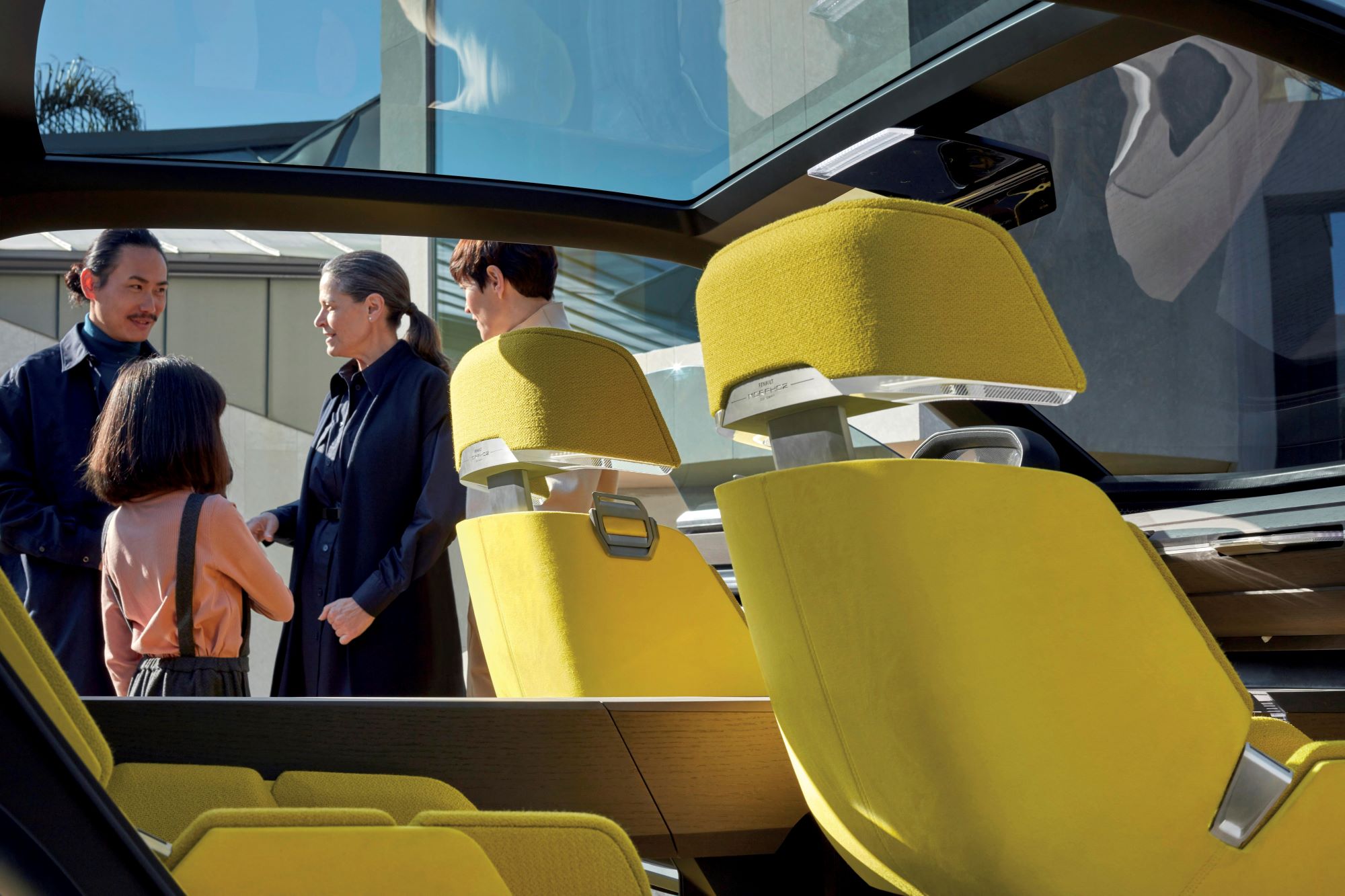
What's the use of concept cars?
MORPHOZ outlines the vision and business, design and product orientation of the Renault of the future. It’s a modular car which can physically transform according to your needs, either as a short City version or a long Travel version, with the appropriate battery capacity. MORPHOZ might set you daydreaming, but that’s not its main aim. Concept cars are first and foremost innovation labs where we can test technologies and steer the design of our future models. MORPHOZ is another perfect illustration of this. It anticipates a future Renault family of electric models that use the new modular CMF-EV platform. This all-electric platform is shared by the Alliance and will multiply the layout options for the vehicle’s interior. It also anticipates future models which will have several battery capacities. These models will benefit from structural improvements and high-performance charging systems. They will feature connected services to optimise charging periods. So concept cars sit somewhere between dream and reality, as symbols that link the general public and the industry. That link the present… and a not-so-distant future.
